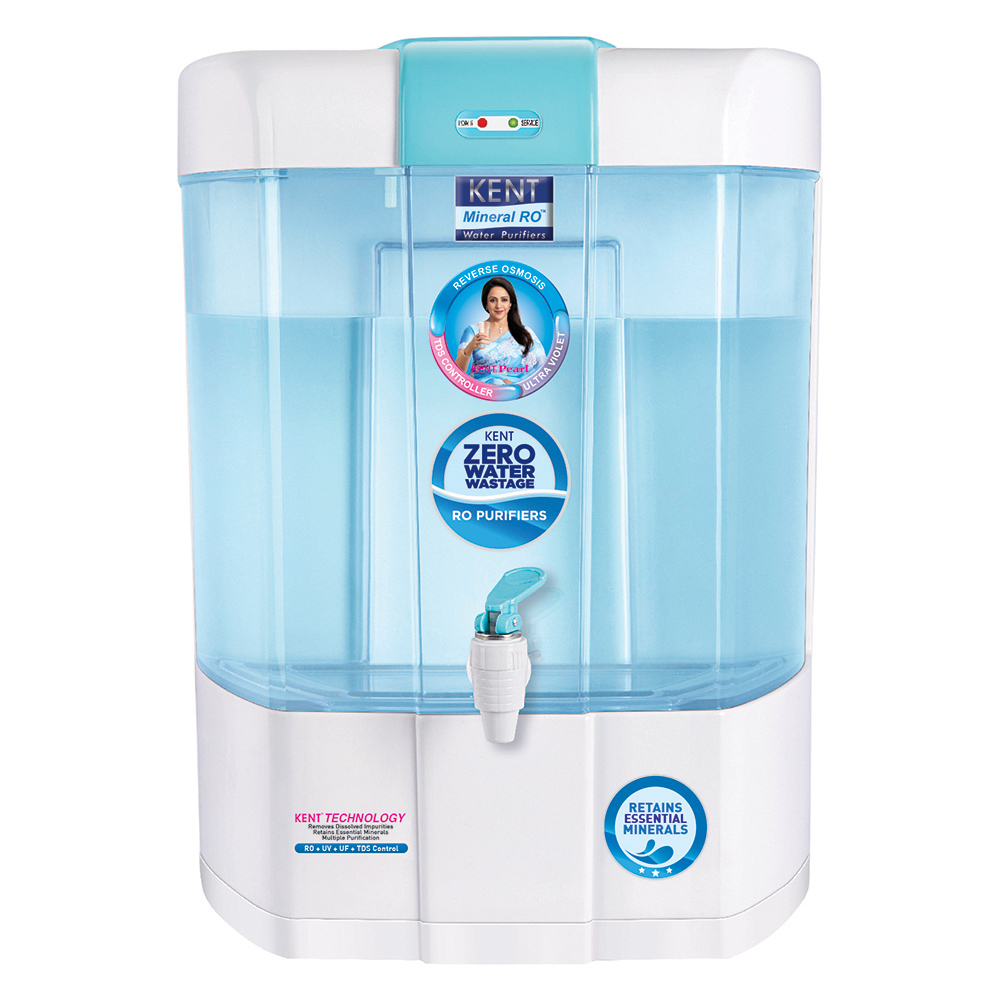RO (Reverse Osmosis) water sales have seen significant growth in recent years due to the rising concerns about water quality and contamination. Reverse Osmosis systems are known for their ability to remove impurities, chemicals, and contaminants from water, providing consumers with clean, safe drinking water. The technology works by forcing water through a semi-permeable membrane, leaving behind harmful substances like heavy metals, chlorine, and bacteria.
The demand for RO systems is driven by increasing awareness of waterborne diseases, industrial pollution, and the need for better filtration solutions in both residential and commercial sectors. As urbanization grows, many areas face issues like hard water, high TDS (total dissolved solids) levels, and other water quality concerns, making RO systems highly popular.
The sales of RO water systems are influenced by several factors, including product quality, affordability, brand reputation, and after-sales service. Consumers are often looking for systems that provide efficient filtration, low maintenance, and long-lasting performance. As a result, manufacturers are constantly innovating to offer advanced features like multi-stage filtration, UV treatment, and smart systems that alert users about filter changes or water quality.
In addition to traditional residential sales, commercial and industrial applications of RO systems are also growing, particularly in industries that require high-purity water like pharmaceuticals, food processing, and hospitality. With concerns over environmental sustainability, there is also a push toward more energy-efficient and eco-friendly RO systems.


